Creative play, also known as pretend or imaginative play provides children with a form of escapism and an opportunity to express themselves freely. This type of play takes numerous forms and can be based on complete fantasy - a fairy tale kingdom, or inspired by a real-life scenes and events, such as at the restaurant, the police station, playing families at home etc. – the possibilities are endless.
The toddler and pre-school years are the most imaginative period of a child’s life and in the midst of what may appear to be insignificant fun, this type of play is actually helping your child to process the world around them and their own ideas. It also provides escapism – an inherently human trait demonstrated by the global popularity of industries such as film and literature – such forms of entertainment allow us to indulge our imagination. The same can be said for children; pretend play allows children to let their imaginations run wild, make up stories and adventures and create a whole world of dialogue and narratives, featuring elaborate scenes set in changing locations with different characters. It also gives them the chance to not only coordinate their own ideas but share and cooperate with any play friends.

Benefits For Children
Creative play helps children to grow emotionally and socially, as they process the world around them through their play. It is not uncommon for children to mimic social interactions during creative play, these are usually based on what they see in the adult world. A child may, for example, pretend to be an adult that they know and imitate the way they talk or behave – this gives them a chance to practise their interpersonal skills as well as processing their own reactions to events they have experienced.
Language and problem-solving skills are also developed during creative play as children broaden their vocabulary by thinking up scenarios and solutions for any potential problems. When playing with other children, sharing, collaboration and social skills are also improved. All such skills are useful when it comes to equipping young and curious minds for a successful future.
How To Encourage Creative Play
By offering the right setting and support, you can encourage your child to explore the world and their imagination in his or her own way.
Set Up A Play Area
A designated play area offers space for endless fun and creative play opportunities; even in flats/apartments with limited space, a small play corner will suffice. Children do not understand space in the same way as adults and are generally satisfied with any size of play area.

Provide the Props
Make sure that your child has access to the appropriate toys and props which support creative play. These will be used to set the theme of the imaginative play scenario and should be carefully chosen to support not only this type of play, but to be multi-functional. A doll’s house for example, can offer the setting for numerous scenarios.
Toys and props can not only help your child act out their imaginary scene, but also provide comfort if the child is feeling lonely – they are sometimes used as stand ins by the child to express their own feelings and wishes, “teddy doesn’t want to go to bed, he’s not tired”, and so forth.
Make Time for Play
Allow time for free play to be fitted into the daily routine, this can help to regulate emotions and behaviour as young children are able to let off steam and grow in confidence and resilience. Play can also help to get rid of any excess physical energy.
Sometimes children may wish to play alone, however at other times they may appreciate the engagement of an adult. This provides a good opportunity for the adult to support language development and help the child expand their vocabulary.
Tolerate A Mess
Although sometimes easier said than done, parents and care providers should ignore the mess and leave tidying up until after the play has ended, in order for creative play to thrive. Interrupting the play time with negative feedback regarding the mess will disrupt the flow of creativity and create a poor play experience. Tidy up time can take place when the activity has come to a close - this is also something in which the children can become involved in.

Creative Toy Sets
Le Toy Van offer a wide range of creative toy sets designed to stimulate imaginative play, by encouraging children to get into character and act out real life scenarios. Our toys also support the developmental phases, aiding in independent thinking, language development, problem solving skills, inclusivity and managing emotions.
Some popular examples include:
For more information on our creative toy sets and other product ranges, get in touch today.
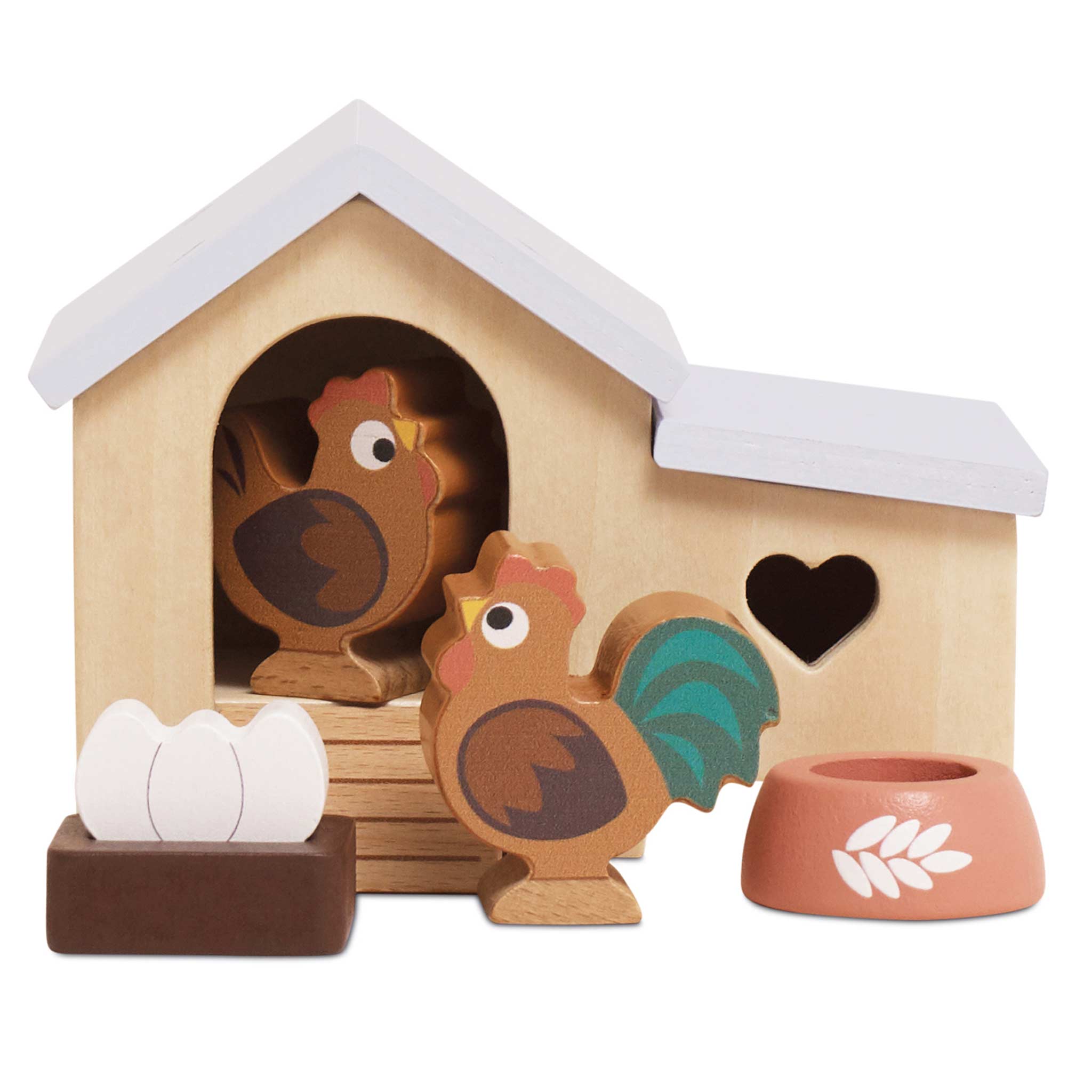
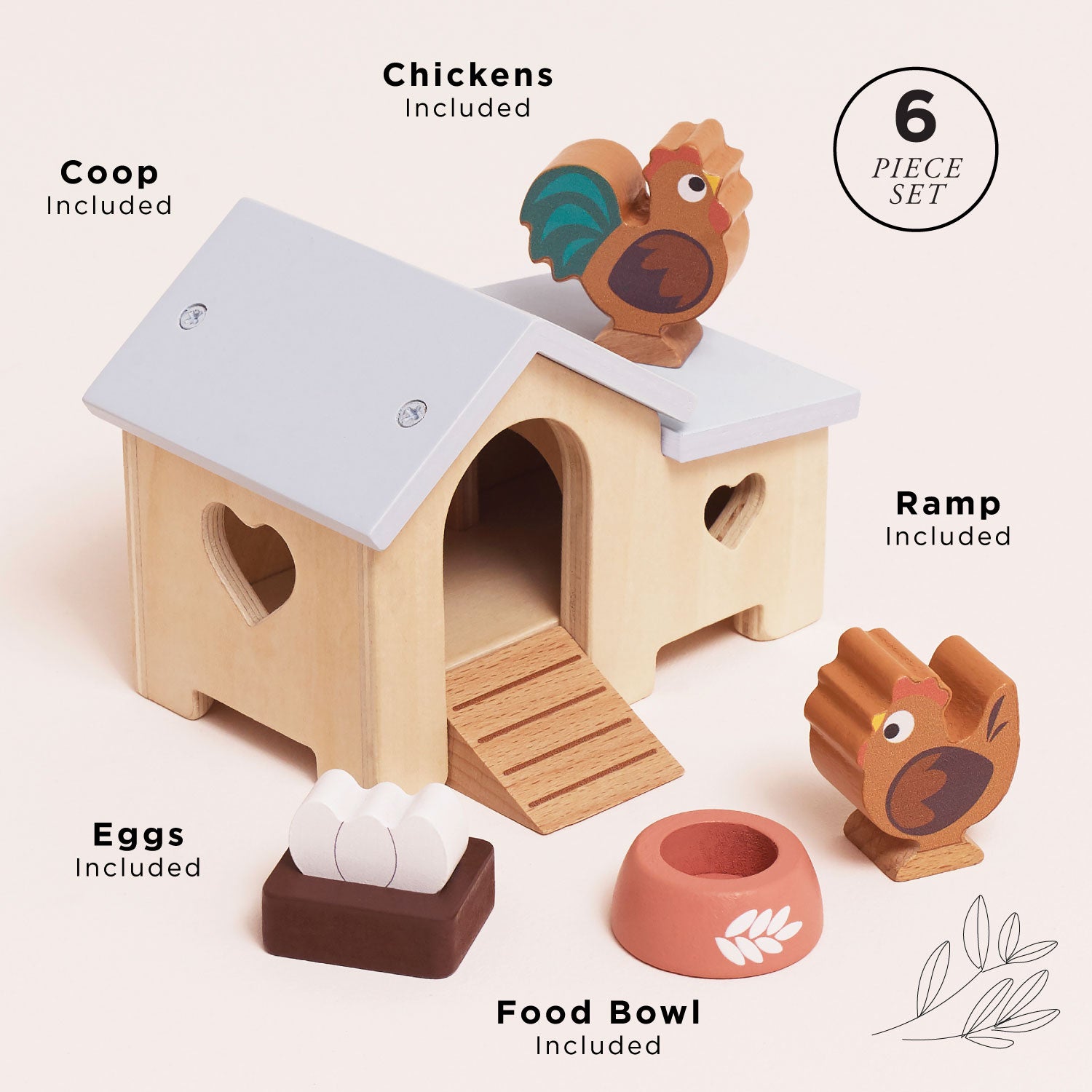
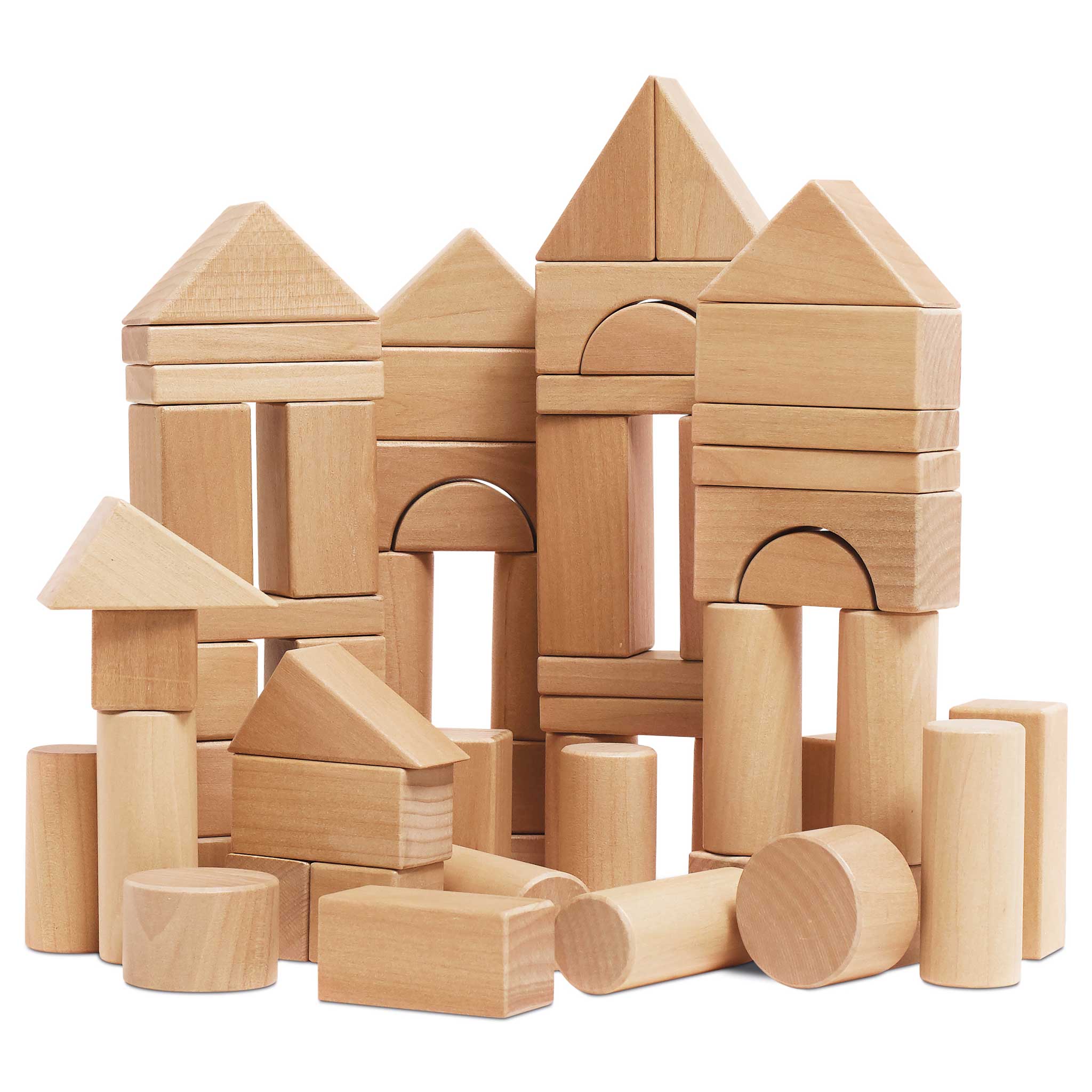
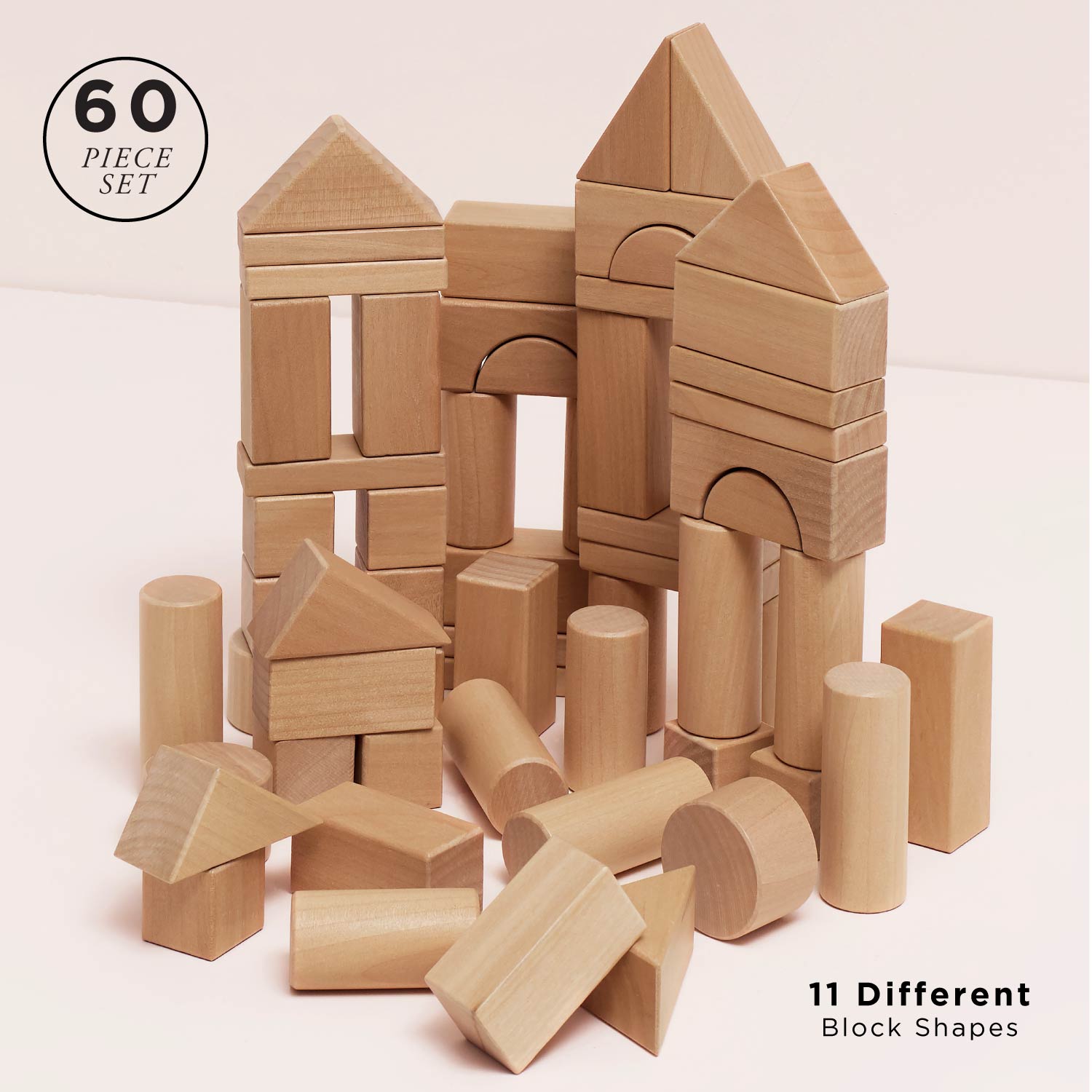
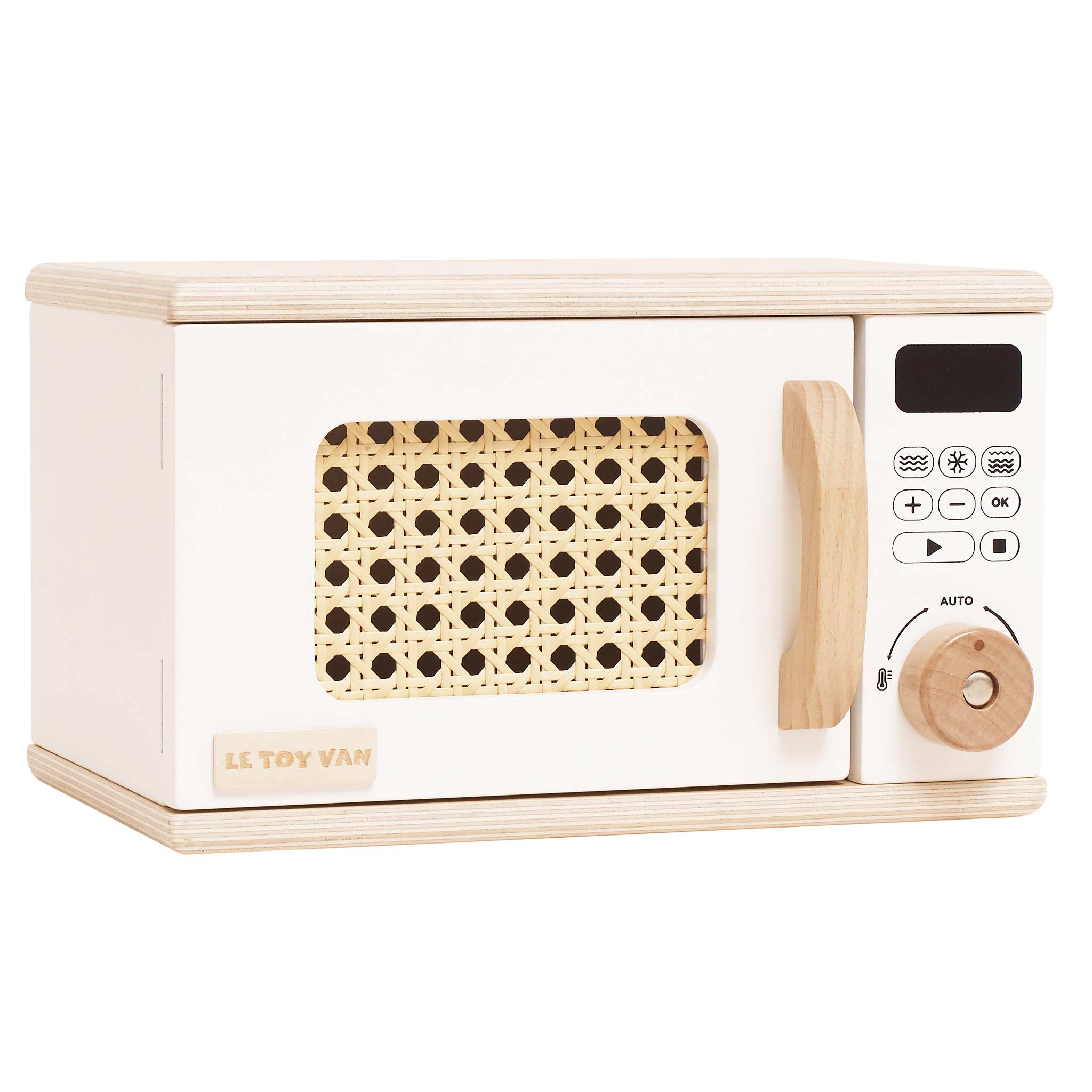
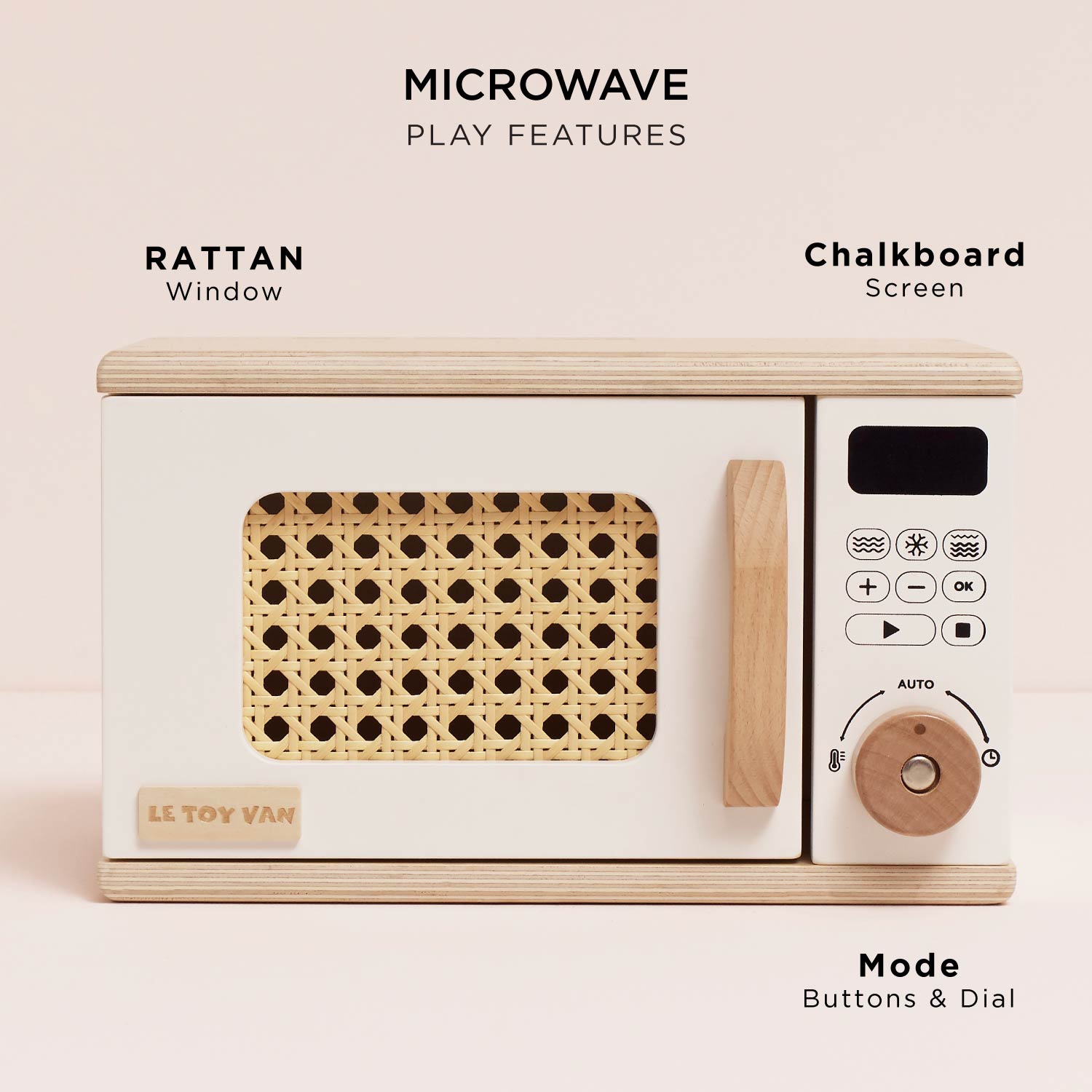
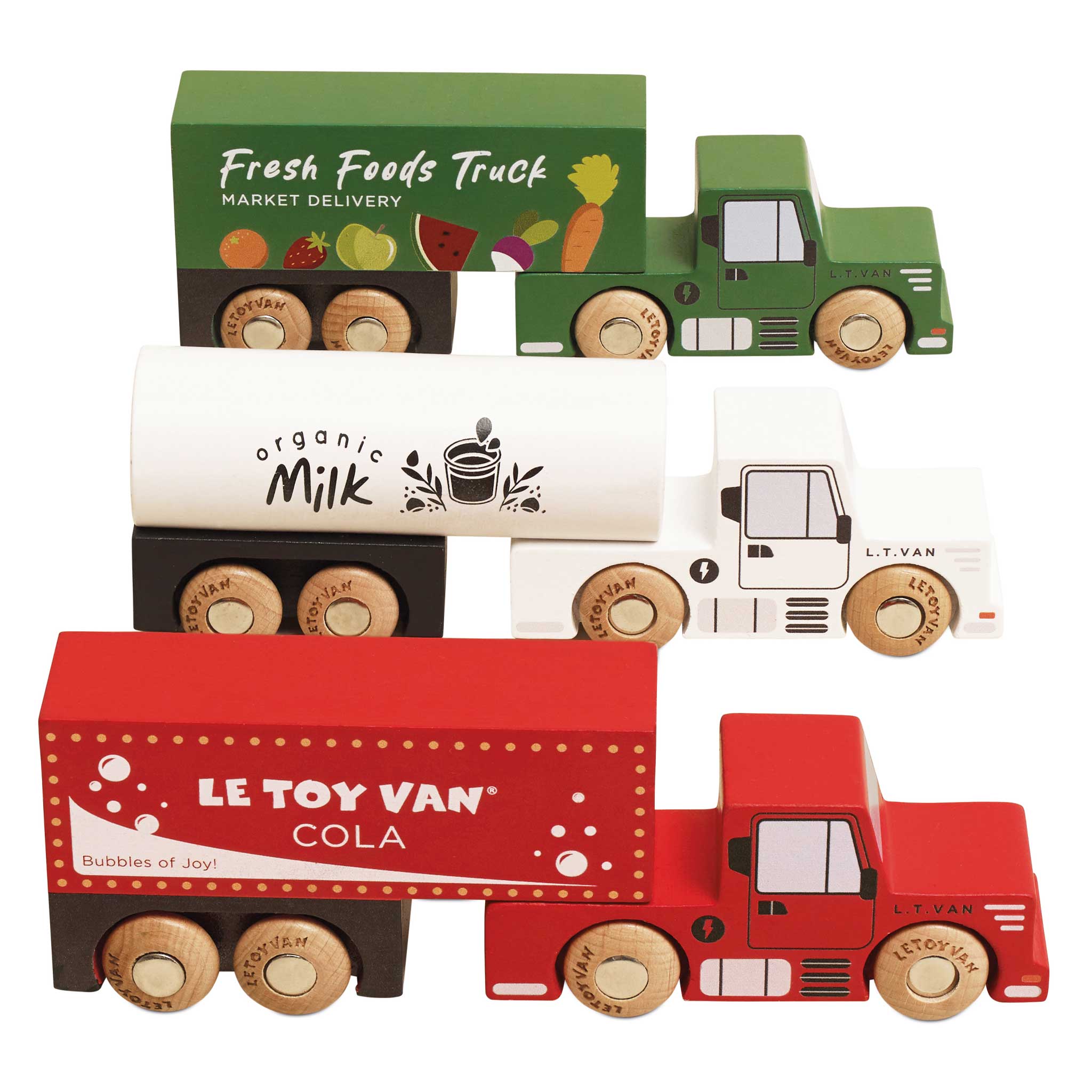
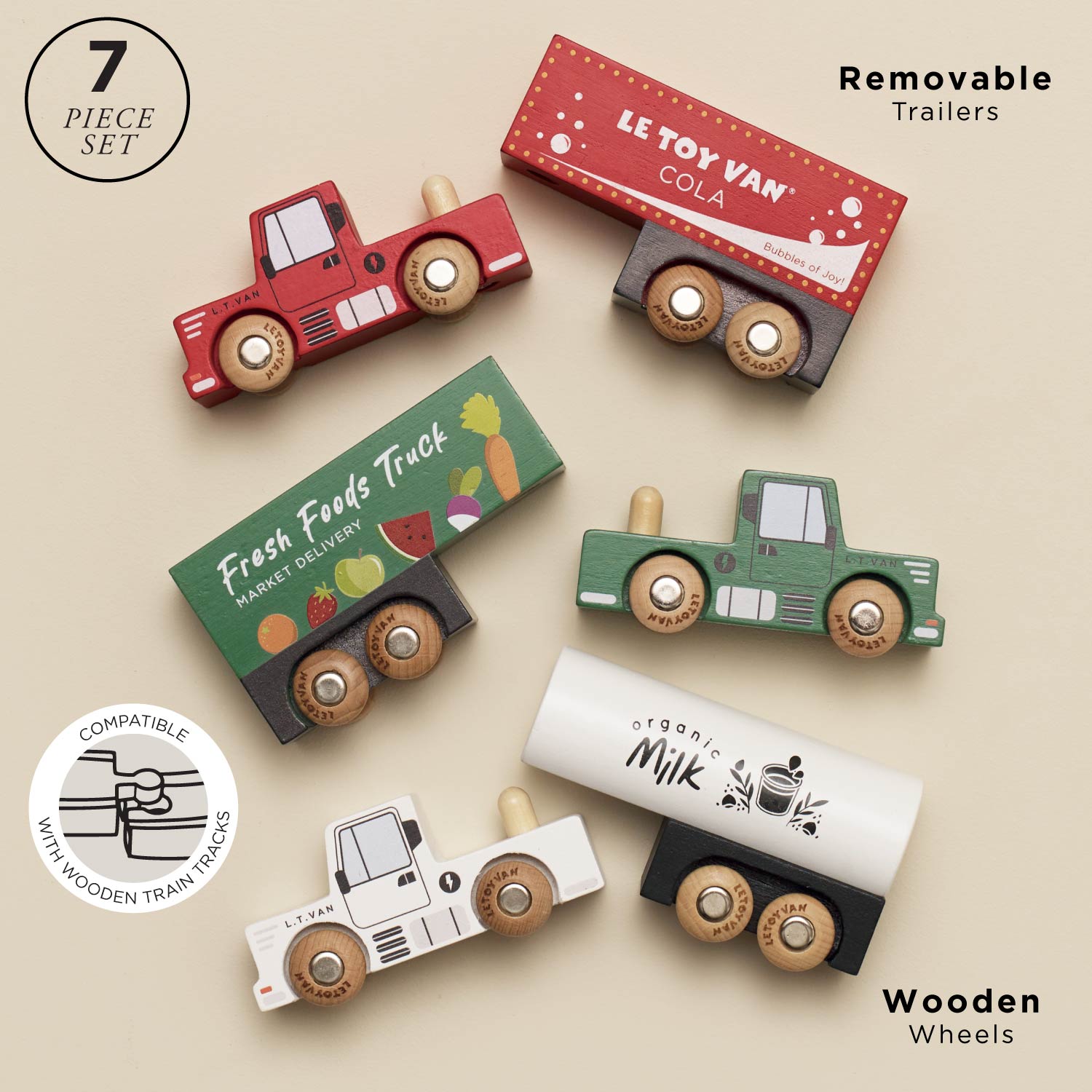



Share and get 15% off!
Simply share this product on one of the following social networks and you will unlock 15% off!